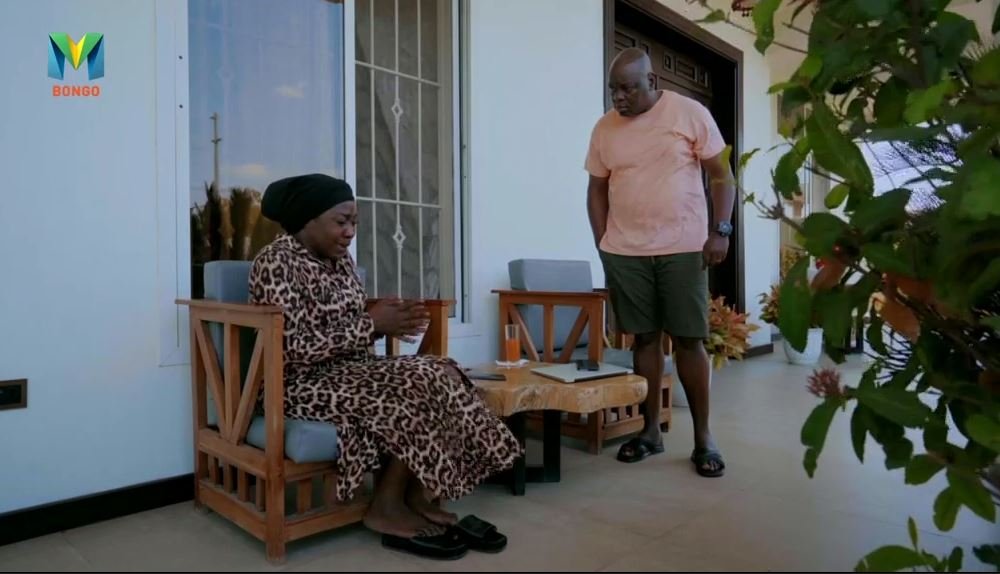Infinix Smart 6 – Best Budget Phone for Kenya
If you’re shopping for a smartphone in Kenya on a tight budget and still want reliable daily performance, the Infinix Smart 6 is a smart choice.
Why it’s a good budget phone in Kenya
The Infinix Smart 6 offers surprisingly strong value in Kenya. You’ll find the 2 GB / 32 GB variant priced around KSh 10,600 to KSh 12,000. (Phonetronics Kenya) For that price you get a large 6.6″ screen, decent battery capacity and 4G connectivity—items many ultra-budget phones may skip. For first-time smartphone buyers, students or anyone needing a reliable device for everyday tasks—messaging, streaming, social media, basic apps—this phone gives content without seriously stretching your wallet.
Specifications
- Display: 6.6″ IPS LCD (HD+ resolution ~720×1600). (Nextechaccess)
- Processor: Unisoc SC9863A (28 nm) octa-core. (smarttechphones.co.ke)
- RAM & Storage: 2 GB RAM + 32 GB storage typical in Kenya, with microSD expansion. (queensmobile.co.ke)
- Rear Camera: 8 MP main + auxiliary sensor. (Nextechaccess)
- Front Camera: 5 MP. (Nextechaccess)
- Battery: 5,000 mAh non-removable. (Nairobi Laptops)
- Software & connectivity: Android 11 (Go Edition) with XOS custom UI; 4G LTE support, dual SIM. (Phonetronics Kenya)
Strengths
- Very affordable price: Around KSh 10,000-12,000 makes it one of the lowest-cost smartphones you can buy in Kenya, yet usable.
- Large battery: 5,000 mAh battery gives decent usage time even with basic hardware.
- Decent screen size: 6.6″ display gives comfortable room for browsing, streaming and apps—better than many ultra-cheap phones with smaller screens.
- 4G connectivity: At this price, getting 4G (rather than 3G only) is a plus for Kenya’s networks.
- Trusted brand & local availability: Infinix has presence and support in Kenya, which helps with parts, service and trust.
Weaknesses
- Very modest RAM & storage: 2 GB RAM + 32 GB storage means limitations in multitasking and storage space. You may need to manage apps and media carefully.
- Low resolution display: While the size is large, the resolution is HD+ only (~720p) so text and fine detail won’t be as sharp as Full HD phones.
- Basic camera quality: 8 MP main camera and 5 MP front camera are entry-level; low-light performance and fine photo detail will be weak compared to higher end phones.
- Basic performance: The SC9863A is sufficient for everyday tasks but not for heavy gaming, high-end apps or many simultaneous tasks.
- Few premium features: Don’t expect features like high refresh rate, advanced multi-camera setups, fast charging or ultra-premium build materials at this price.
Price in Kenya & Where to Buy
- Phonetronics Kenya lists the Infinix Smart 6 from KSh 10,600 for the 2 GB/32 GB variant. (Phonetronics Kenya)
- SmartTechPhones lists pricing at KSh 11,199 for similar spec. (smarttechphones.co.ke)
- Nairobi Laptops shows around KSh 11,999. (Nairobi Laptops)
- Purchase links:
Conclusion
If your budget in Kenya is very limited (around KSh 10,000 to KSh 12,000) and you want a simple smartphone that covers the basics—messaging, social media, browsing, streaming—the Infinix Smart 6 is a sound choice. While it won’t match the power, photography or features of higher-priced phones, it delivers good value for minimal cost and is well suited for everyday use without major compromise.
JUA KALI MAISHA MAGIC BONGO SEASON 10 EPISODE 122 YA IJUMAA LEO USIKU 24TH OCTOBER 2025 FULL EPISODE








You must be logged in to post a comment.